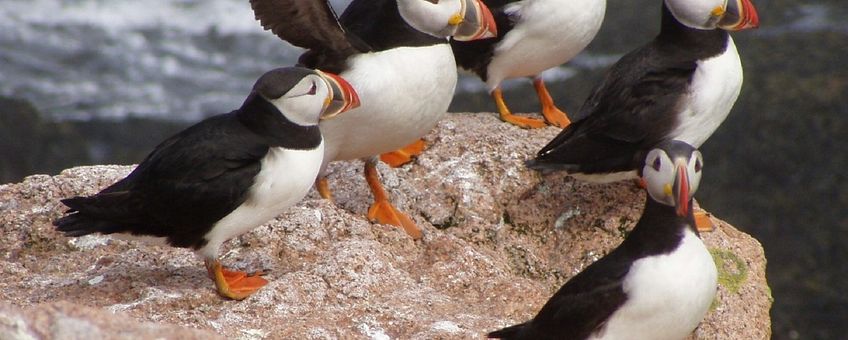
Birds and people stand to lose if the White House slashes our public lands
Audubon SocietyWASHINGTON—“Abolishing protections for America’s great outdoors would be a shameful and sad legacy for any president. Our public lands benefit millions of people and countless birds all across the United States, and Americans overwhelmingly support preserving these special places for future generations,” said David O’Neill, Audubon’s chief conservation officer, in response to reports that the Department of the Interior will recommend the White House strip protections from certain national monuments.
“Each president since Teddy Roosevelt has protected America’s parks and monuments, and until this administration, no White House has initiated such a broad assault on more than 100 years of proud, bipartisan conservation tradition.”
In June, President Trump issued an executive order targeting the Antiquities Act. The order directed the Department of the Interior to review all national monument designations made in the last 20 years and make  recommendations as to which parks monuments should be abolished or shrunk.
recommendations as to which parks monuments should be abolished or shrunk.
All across the United States, Americans stand in overwhelming opposition to stripping protections for public lands. These places not only benefit people, but countless birds make their homes in our parks and monuments.
Audubon research, for example, helped determine that Atlantic Puffins spend their winters in the waters off the Atlantic coast, including in the Northeast Canyons and Seamounts Marine National Monument, which is included in the review. Over in Utah, reducing the protections for Bears Ears and Grand Staircase-Escalante National Monuments could jeopardize climate-threatened species like the Golden Eagle, Pinyon Jay, Hairy Woodpecker and Mountain Bluebird. These species and many others depend on protected spaces to survive expanding development and the impact of a changing climate.
Millions of Americans submitted public comments to the Trump Administration during the 60-day review period, with more than 98 percent in support of continuing protections for maintaining or expanding national monuments.
Text: Audubon Society
Photos: Pixabay.com
